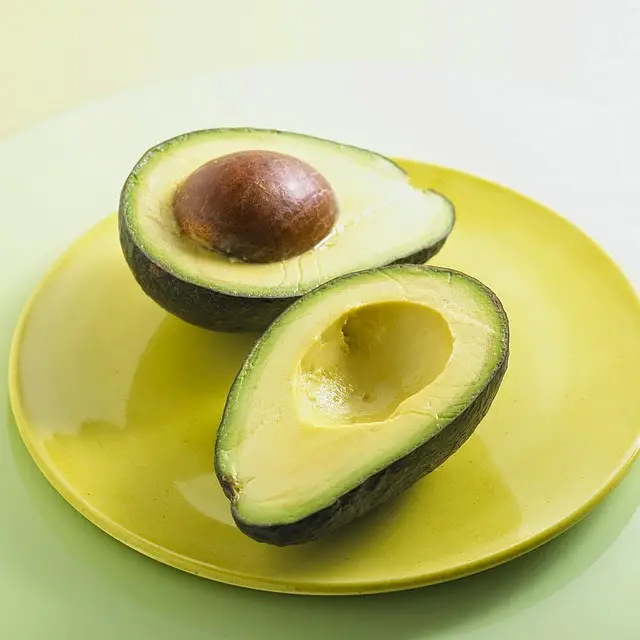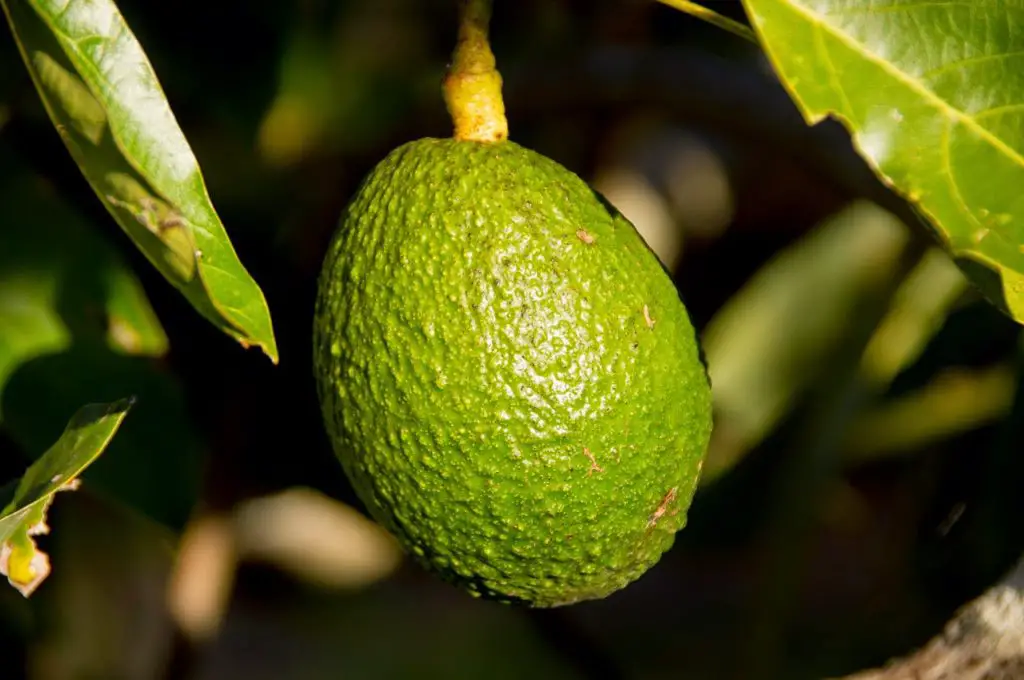The Hass Avocado, the one we enjoy in guacamole, sliced, or put on just about anything, is the avocado we most commonly see in the grocery store. But this best-selling variety of avocado may never have happened if it weren’t for some lucky advice.
Mr. Rudolph Hass, a postman in California at the end of the 1920s, happened to buy seeds from A. R. Rideout, an innovator of avocados at the time. Hass wanted to develop 1.5 acres of land he owned to grow avocados. He had used all his money to purchase the land, since he only made 25 cents an hour as a postman, and couldn’t afford to buy trees. Hass began planting seeds in his yard in La Habra Heights, California, that he had purchased from Rideout.
Rideout helped Hass since he had no experience in growing avocados. He instructed Hass to plant three seeds together, pull the weakest, and graft the strongest with cuttings from existing Fuerte avocado trees already on the property. Because of this, it is unknown what seed made the original Hass Avocado tree.
Hass employed the help of a professional grafter to do the delicate task of grafting the cuttings of the Fuerte trees to the strongest trees from each of the holes Hass had planted. The first time, all but three of the trees took hold of the graft. The following year they tried again, and two of those three trees took hold after being grafted. Another year passed, and they tried once more on the lone tree that had been rejecting the graft.
Hass was going to give up on the tree, but the grafter (known only as Mr. Caulkins) recommended he just let the tree try to grow. It was a good suggestion because that one tree was where the Hass Avocado eventually came from.
Hass’s children were the ones who really got things going, however. The fruit from that one tree was different than the fruit from the other avocado trees. It was bumpy and darker in color, and his children preferred the taste of it over the other avocados. It was less fibrous, had more oil, and tended to produce better than the other varieties. Hass must have realized at that point that he had something because he patented the variety of avocado in 1935 and named it after himself.
It was the first patent on a tree, and with that came many problems. Harold Brokaw, a Whittier, California, nurseryman, and Hass, made a contract where Brokaw would sell grafted seedlings from the cuttings off of Hass’s tree. Even though Brokaw had the rights to grow the trees and sell the grafted seedlings (which he would often sell out of), growers would take them and simply re-graft them onto their own trees. Because of this, Hass only made $5,000 on his patent. At least he did manage to grow his own grove of Hass Avocados, and it became the first producing grove.
Interestingly, each and every Hass Avocado, be it purchased in a store, or eaten as guacamole, descended from that very first tree that Hass had in his yard. The one tree that didn’t seem to want to grow.
The original tree eventually died because of root rot in 2002 at the age of 76, and a plaque sits in the place where it once stood. The wood from that tree was stored by the nephew of Harold Brokaw in his nursery, and some of the wood was made into keepsakes for members of the Hass family and some members of the Avocado Growers Association.
Sources: What’s Cooking America, University of California
Other things to know about Hass Avocados:
You may know that Hass Avocados turn brown rather quickly when they are cut open. To decrease this time, take lemon or lime juice and sprinkle the avocado with it, put it in an airtight container or cover in plastic wrap, and then put it in the refrigerator. This will give you about a day. Source
To speed up the ripening of an uncut Hass Avocado, put it in a brown paper bag with a banana and close up the bag. This causes the ethylene gases to be trapped, thereby speeding up the ripening process. You may even notice that the banana doesn’t ripen as fast on the outside, but when you open the banana up, it will be extremely ripe. Source
Avocados are notoriously high in fat, but don’t fret, it’s the “good” kind, monounsaturated fat, the one that helps in lowering the “bad” cholesterol. Source
Avocados do have a lot of calories. A medium-sized avocado has about 240 calories. Source
Avocados have almost 20 vitamins and minerals in each serving. They contain a good source of B vitamins, as well as Vitamins E and C. In addition, they are sources of potassium, lutein, and folate. Source




